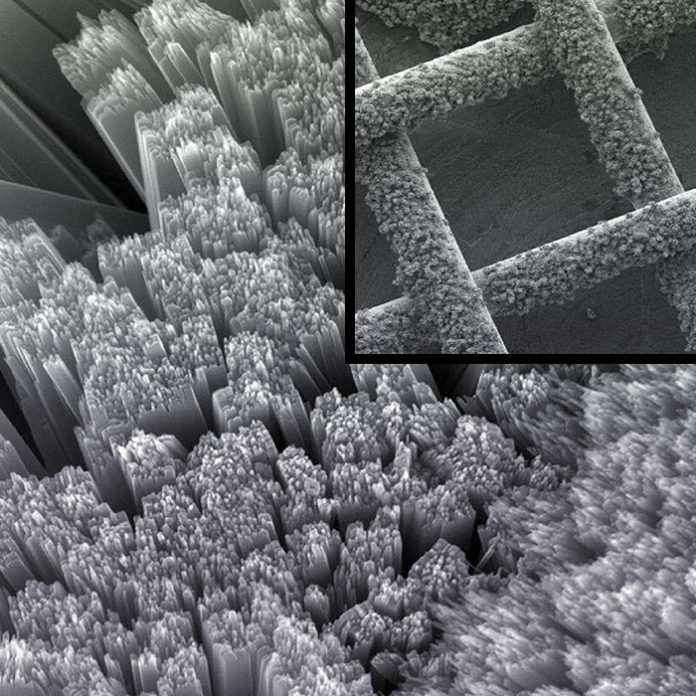
We all remember high school science…photosynthesis in plants to be precise. Photosynthesis is a process through which plants convert light energy from the sun into chemical energy that can be later released to fuel the organisms’ activities. Akin to photosynthesis in plants, word on the street is that there is a battery which virtually functions like a living organism, giving the user unlimited access to energy at very low costs. A research team at The Ohio State University (OSU) is laying claim to the world’s first “breathing” solar battery that recharges itself with air and light. In conventional solar set ups with a panel and battery, about 20% of electricity generated is lost during transmission from the panel to the battery. In order to increase efficiency, OSU combined the generating and storage functions of solar power in a single device, a solar cell that can store its own power; in effect, a solar battery. This also reduces costs significantly as all functions are carried out by one device. Lead inventor Yiying Wu, a professor of biochemistry and chemistry says, “We’ve integrated both functions into one device. Any time you can do that, you reduce cost.”
The advantage of the solar battery over the conventional solar set up is that the panel would stop air from getting into the battery, so the solution was to design a mesh-style panel. Made of titanium gauze, the mesh sports perpendicular nanoscale rods of titanium dioxide. The rods capture solar energy while the mesh structure enables air to flow freely. A conventional solar cell uses four electrodes, but in the new solar battery, the titanium mesh itself counts as an electrode. In the OSU device a special mesh solar panel allows the battery to “breathe,” vital to how it creates and stores energy, the researchers explain. The mesh belongs to a class of devices known as dye-sensitized solar cells, where coloured dyes are used to tune the wavelength of light a cell captures. Light hits the mesh solar panel and creates electrons that, inside the device, are involved in chemical decomposition of lithium peroxide into oxygen and lithium ions. The oxygen is released while the lithium ions are stored within the battery. When the battery is discharging, it consumes oxygen from the air to re-form the lithium peroxide. “Basically, it’s a breathing battery,” Wu says. “It breathes in air when it discharges, and breathes out when it charges.” Their solar battery’s lifetime should be comparable to rechargeable batteries already in the marketplace, they said.
Africa for one is blessed with a large landmass which receives vast amounts of sunlight most of the year. Both urban and rural dwellers could benefit immensely from such technology. Do you know of any Africans who have invented similar devices to help Africans gain better access to electricity?
